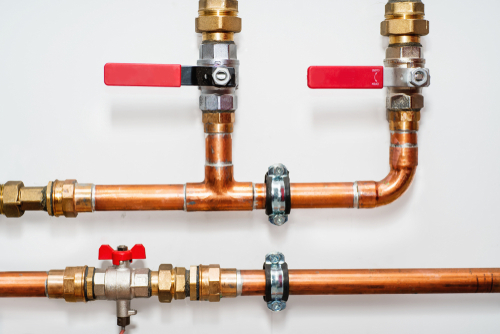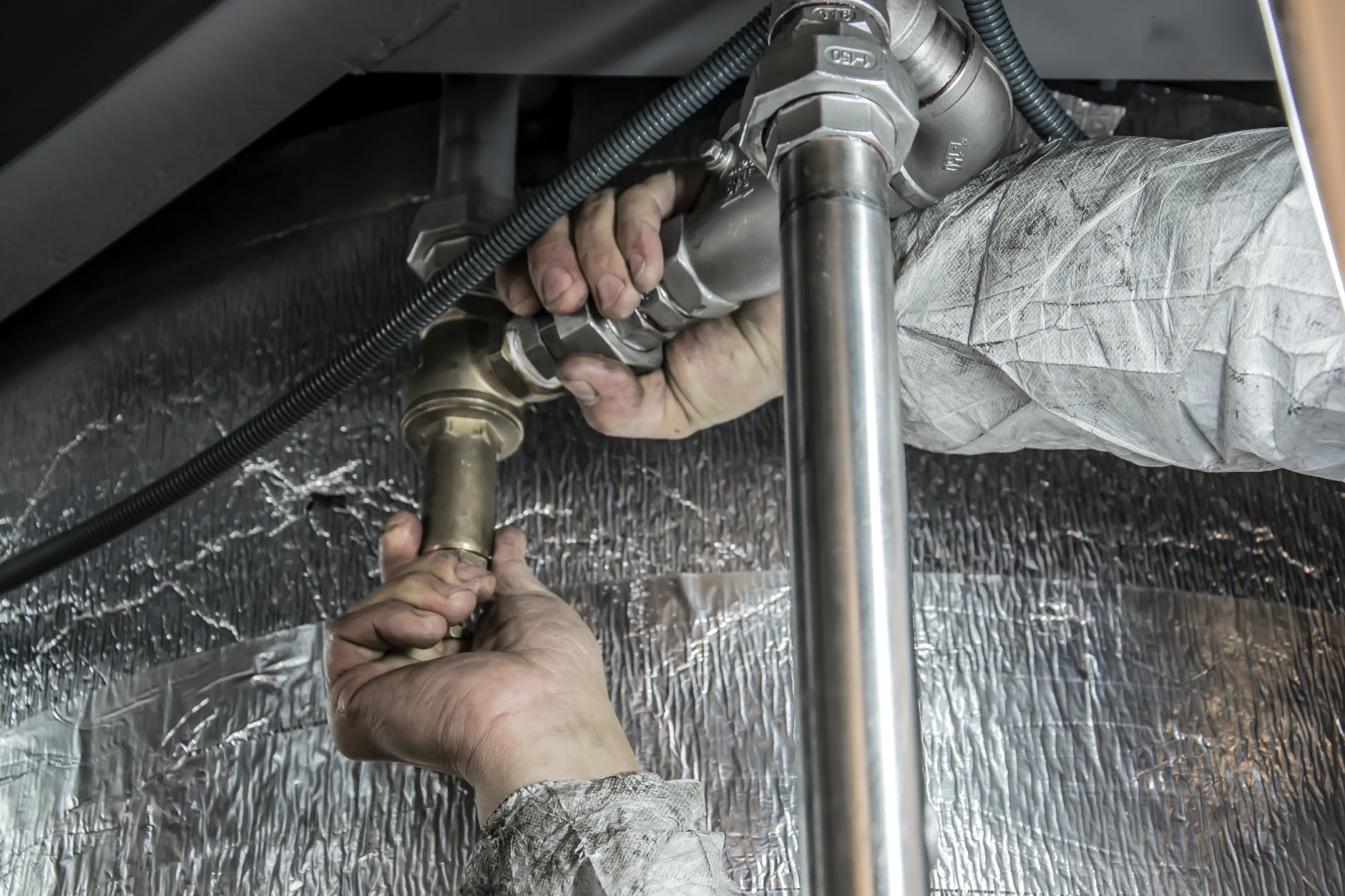Indicators on H&a Queens Plumbing You Should Know
A Biased View of H&a Queens Plumbing
Table of ContentsThe Buzz on H&a Queens PlumbingTop Guidelines Of H&a Queens PlumbingThe 10-Minute Rule for H&a Queens PlumbingThe Main Principles Of H&a Queens Plumbing Not known Facts About H&a Queens PlumbingOur H&a Queens Plumbing PDFsGet This Report on H&a Queens PlumbingMore About H&a Queens Plumbing

Vent piping enables air right into the system so drains flow quickly. That is why air is required to flow behind the water in the drainpipe.
H&a Queens Plumbing Things To Know Before You Get This
Homeowners might discover a smell in a restroom that is hardly ever utilized or in the cellar. Commonly, that odor is a drain gas smell that all pipes systems create but are expected to air vent outdoors. The problem could be that the catch in the tub or a basement floor drainpipe that has dried and the sewage system gas is leaking out.
It is likewise possible that there is a damaged pipe behind a wall surface or in the attic room. That can be a pricey repair service that would certainly require a plumbing technician to deal with (H&A licensed plumber in queens). Throughout a home examination, the complying with systems should be evaluated: Water and distribution systems, consisting of fixtures of your house such as sinks, toilets, showers and tubs Inside drain, waste and air vent systems Water heating tools Fuel storage and gas circulation systems Sewage ejectors, sump pumps and associated piping The examiner additionally will certainly define the materials the visible interior supply, drainpipe waste and vent piping systems are made from
H&a Queens Plumbing Fundamentals Explained

There are two basic sorts of sump pumps. One type has a float that can be raised to turn on the pump. The various other type has a pressure switch that the homeowner can activate by drawing on a little tube at the plug. On top of that, YouTube offers videos that demonstrate exactly how to inspect a sump pump.
H&a Queens Plumbing Fundamentals Explained
But despite appropriate maintenance, parts of the system eventually will wear and require to be replaced. It is essential to utilize an ASHI inspector who is trained to report on the existing condition of a home's pipes system. Regular examination of the entire home is recommended every couple of years.
They have go to this web-site actually progressed from the ranking of a journeyman after extensive training and useful experience. These professionals excel in mounting, repairing, and maintaining complex water supply. They have extensive understanding of pipeline networks and are adept at resolving complicated pipes concerns effectively. Their duty includes looking after projects and making sure conformity with regulations. https://myanimelist.net/profile/haqueensplmb.
10 Easy Facts About H&a Queens Plumbing Shown
Here are the essential differences in between a Master Plumber and a Journeyman: Highest degree of knowledge in pipes. Calls for extensive training, experience, and passing a licensing examination. Licensed to run a pipes organization, pull authorizations, and manage other plumbings. Competent in complex installations, repair work, and supervising jobs. Mid-level plumbing knowledge, between pupil and master.
Coming to be a master plumbing professional commonly includes years of dedication and experience. The trip begins with an instruction that lasts around 4 to five years, during which aspiring plumbings find out the basics of the trade with a combination of classroom research and hands-on work under the assistance of seasoned professionals.
H&a Queens Plumbing Things To Know Before You Get This
The period as a journeyman can vary, yet it commonly ranges from 2 to 5 years, relying on the details demands set by the state or licensing authority. Once the essential practical experience is accrued, aspiring master plumbing professionals have to pass a licensing examination. H&A Plumbing emergency plumber queens. In general, the timeline to come to be a master plumbing can extend around eight to ten years or even more, including instruction, journeyman work, and the licensure procedure
Making sure adherence to regional building codes, guidelines, and safety and security criteria in all plumbing job. Handling detailed pipes installments, repair services, and maintenance for domestic, commercial, or industrial systems.
Not known Facts About H&a Queens Plumbing
The greatest degree of plumbing technician is a Master Plumbing technician. They have considerable experience, and progressed training, and are licensed to look after pipes projects, deal with complex installments, and make certain conformity with policies Comprehending the value of a Master Plumbing professional sheds light on the competence important for effective pipes systems.
A generous Understanding and Staff Member Advancement program is available, consisting of Education and learning Compensation for employees seeking extra training and specialist development.: Benefit and Retired life info may vary from negotiating unit to bargaining unit. Due to modifications in State Regulation, present pension arrangements described in the union agreements are not automatically used.
H&a Queens Plumbing Fundamentals Explained
Read, prepare or interpret plans and illustrations. Conform with structure codes and other laws. Prepare price quotes and paperwork for customers. https://www.bitchute.com/channel/UbHnAFlgP8QM/. Manage apprentices or other workers. Plumbers function in a variety of settings, a few of which may consist of hazards. The main occupational risks for plumbers to be aware of include: Exposure to hazardous compounds such as: lead, sulfur dioxide, asbestos, silica, mould, adhesives, solvents, solder, cleans, and various other hazardous products.
Functioning in constrained rooms. Operating at elevations (e.g., on platforms/scaffolding or ladders). Risk of eye injury from flying particles. Slips, trips and falls, particularly when operating in damp environments. Burns from hot equipment parts, steam lines, and the launch of warm water or heavy steam. Working with different tools (both hand devices and powered devices).